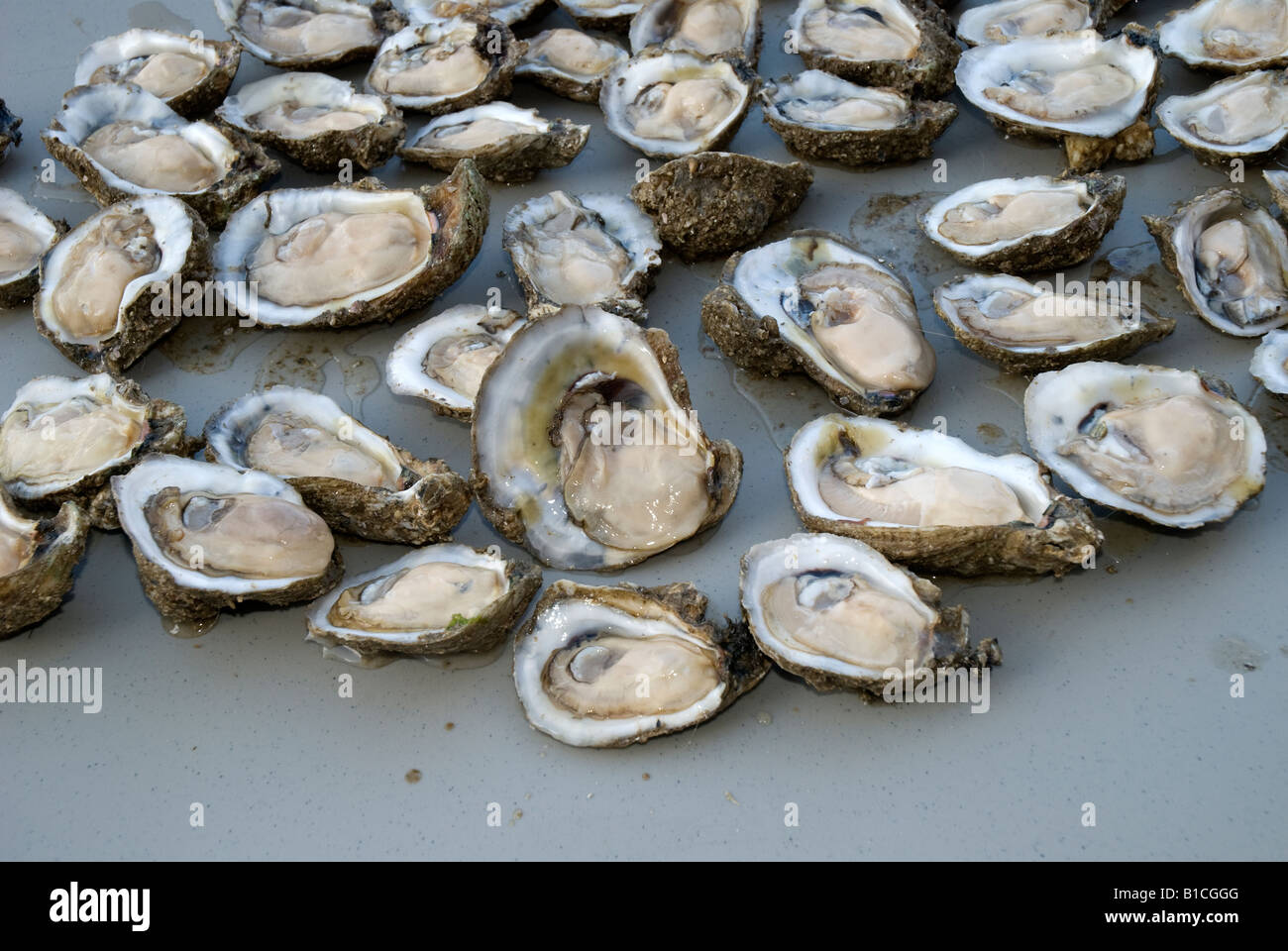

The combination of dry weather and scarce water, prompted by one of the basin’s worst droughts on record, is both a striking symptom of the endemic problem that more than half of the continental United States faces this year and a test of human resolve to solve penetrating rivalries that are putting the economy and ecology of this region in jeopardy. The ACF Basin, buffeted by natural drought this year, also contends with growing demands for water in the three southeastern states that share its waters. But this has been a particularly difficult year. Ten percent of the aquatic area of the estuary is covered in oyster bars that provide 90 percent of Florida’s annual oyster harvest. The ecosystem in the bay relies heavily on freshwater flows from the Apalachicola River. The bay is the last stop for the Apalachicola-Chattahoochee-Flint (ACF) River Basin, an expanse of estuary marshes, sea-grass beds, and oyster bars hemmed in by shifting barrier islands in the Gulf of Mexico. In 2011, the 11th Circuit Court of Appeals subsequently overturned the 2009 decision, prompting Florida and Alabama to petition the U.S. “We’re the last on the totem pole when it comes to fresh water, and we get whatever we get - and there’s been a lack of it. “We are having a lack of product, and we are not able to provide for our families like we should because of the drought,” says Hartsfield, who grew up on the Apalachicola Bay. Only a handful of harvestable oysters can be separated from the pile of mostly empty white shells. He heaves them up, depositing the catch onto a wide culling board across the bow. Shannon Hartsfield, a fourth-generation oysterman and president of the Franklin County Seafood Workers Association, balances on the gunwale and scissors a four-meter (14-foot) pair of tongs along the oyster bar below. Click image to enlarge in slideshow.ĮASTPOINT, Florida - The afternoon sun turns the sky white as the boat bobs on the bay’s blue waters. Predators that are getting into the bay due to higher salinity levels are part of the problem, but a lack of nutrients flowing in from the Apalachicola River is also inhibiting the growth and regeneration of the oyster bars. Empty shells outweigh live oysters at some oyster bars in Apalachicola Bay.


 0 kommentar(er)
0 kommentar(er)
